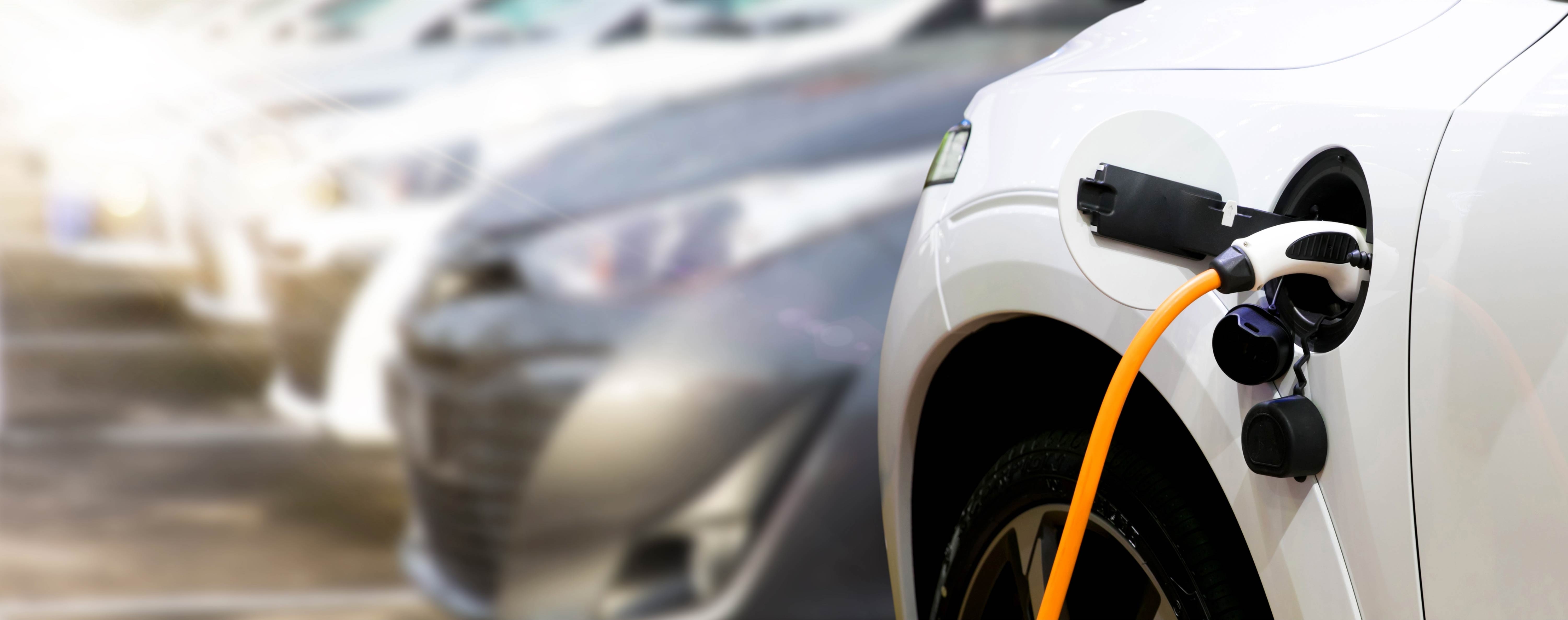Plastics in Europe’s Automotive Market: Shifting Polymers, Rising Tariffs, and Uncertain Roads Ahead
15 April 2025

Europe’s electric vehicle (EV) market is on the move, but like a British country road, not necessarily in a straight line. Beneath the headlines about battery technology and gigafactories, there are important polymeric changes unfolding. The materials shaping EVs are evolving as the industry transitions from ICE in Europe, often quietly but no less significantly. Plastics and polymers are at the heart of the transformation.
In our new market report - Plastics in Electric Vehicles, we have taken a closer look at how polymer demand is changing across the value chain, from under the bonnet to the dashboard. What’s clear is that the shift from ICE to EV isn’t just about batteries, it’s about evolving the entire material mix.
Some familiar polymers are holding their ground, particularly those offering lightweight durability and recyclability. Others, traditionally dominant in ICE vehicles, are starting to see their role diminish. Meanwhile, engineering plastics and high-performance thermoplastics are carving out new territory in battery casings, thermal management, and electronics.
But this transition isn’t happening in a vacuum.
Just this week, the UK government softened its EV targets, adding yet more uncertainty for a sector already navigating rapid change. Across the Atlantic, potential tariffs on EVs and key components threaten to reshape trade dynamics, with knock-on effects for European OEMs, material suppliers, and the broader supply chain. As barriers go up, so too might the pressure to localise polymer sourcing and rethink long-term investment strategies.
For polymer producers and suppliers, the implications are significant. Material choices are no longer just about performance, they’re increasingly about politics, policy, and positioning. With sustainability targets tightening, costs fluctuating, and regulation in flux, there’s never been a more critical time to understand where the market is headed.
Our full report delves deeper into the numbers, technologies, and trajectories driving this change. For those involved in materials, mobility, or manufacturing, the message is clear: the future of EVs is still being moulded—sometimes literally.

Nick Palmer, AMI
Written by
Nick Palmer,
Business Unit Manager – Energy & Infrastructure
E / nick.palmer@amiplastics.com